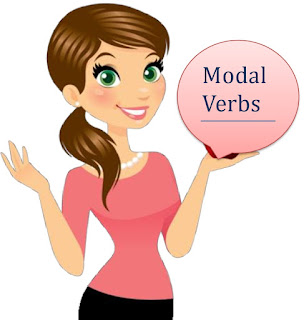Lesson Plan of Silent Reading with Comprehension English Grade V
Lesson Plan of Silent Reading with Comprehension
English Grade V
Students’ Learning Outcomes
·
Read silently and with
comprehension.
Information for Teachers
·
The ability to sit and
silently read a text is a skill that all students will need as they move
through primary, elementary to secondary education and into college.
·
Silent reading helps students
concentrate on the meaning of the text and makes it more meaningful.
·
Silent reading supports us
read faster. It supports us make faster associates between words and it gives
us the silence we need to concentrate and process information.
·
Students concentrate on
important information related to the text and understand it better.
·
They answer questions given
at the end of the passage to show comprehension.
Material / Resources
Chalk/marker, board,
textbook, a comprehension passage with questions selected from the textbook
Worm up activity
·
Before coming to the class,
you must have selected the passage for reading.
·
You must write the topic of
the passage chosen on the board.
·
Discuss the topic of the
passage without asking the students to open the books.
·
For example if the passage is
about food you can ask general questions about food, what do they eat, what
they like in food, can they cook something, should we eat healthy food etc.
Development
Activity 1
·
Ask students to open up the
page of the passage to read.
·
All students to read
silently.
·
Students underline all words which
are new, or they don’t know the meaning of or they don’t know how to pronounce.
·
You should move around in the
class to monitor silent reading. Make sure that every student is reading.
·
Students raise their hands to
ask questions if they have problem. You must go to the students and help.
Activity 2
·
When students have finished
reading the passage, ask short questions related to passage to check their
understanding.
·
Discuss the questions given
at the end of the passage to know their correct answers.
·
Students write answers to the
questions in their notebook.
Sum up / Conclusion
·
Ask students to read their
answers in class. Correct them, if there are any errors.
Assessment
·
Assess students’ responses
during discussion and written work.
·
Give a similar passage to
students from their textbooks and ask them to answer the questions.
Follow up
·
The students must read a unit
in their science/social studies textbook. The teacher can hold a discussion
session the next day to check the students understanding and comprehension
about the unit they have read.
·
If possible, make a variety
of texts in English available to students so that each child can choose to read
something according to his/her individual taste: you may have joke books for
children, riddle books, children’s section of English newspapers, fairy tales,
story books about monsters, books about different countries of the world.




Comments
Post a Comment